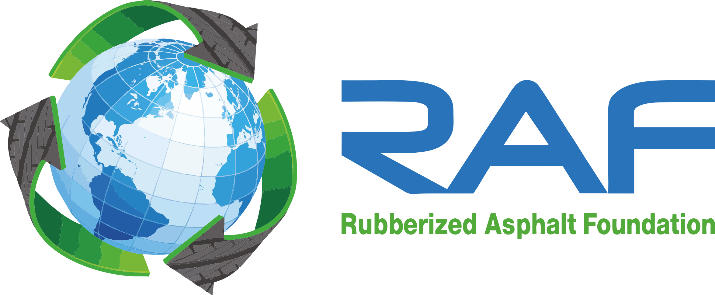The main objective of the present study is to present the results of the first rehabilitation project in Brazil using asphalt rubber (in situ blend). A section, 25 kilometers long of the state highway RJ-122, Rio de Janeiro, was chosen. Asphalt Rubber “gap graded” and asphalt rubber “open graded” mixes were used. The original structural and functional characteristics of the pavements, as well as the rehabilitation design procedure used to calculate the overlay thickness are described. A brief cost analysis of the new procedure shows the advantage over the conventional overlay composed of a granular layer and an asphaltic concrete surface layer. Furthermore HVS tests demonstrated the validity of the design solution
